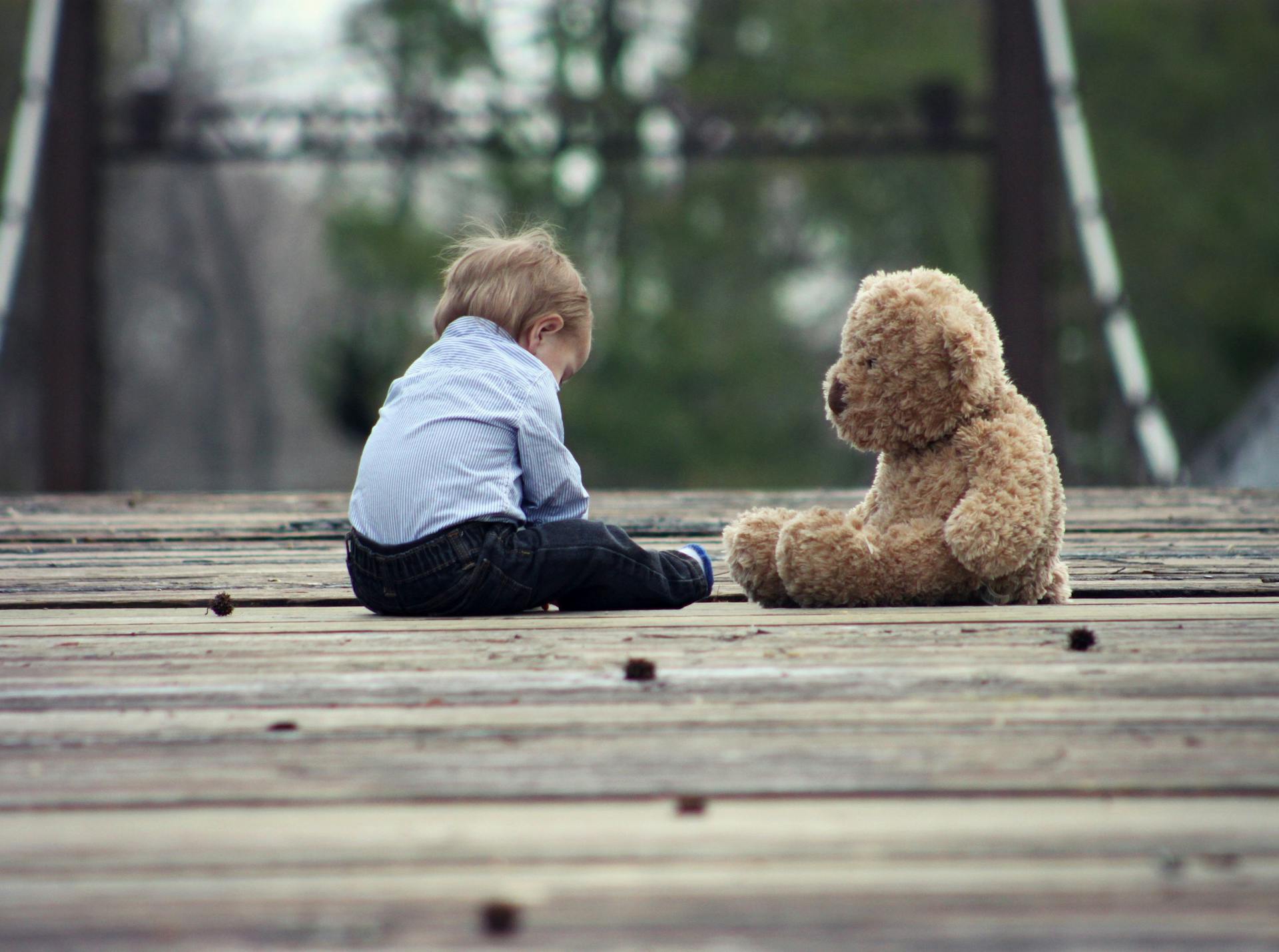Watching your kids learn to make friends and feel comfortable around others is one of the most joyous parts of parenting, but for some children, social situations bring anxiety instead of joy. Some parents wonder whether their child’s shyness, hesitation or avoidance might be a precursor to something more serious and at what age they’ll be able to recognize the signs.
Understanding when social anxiety can develop in children—and how social anxiety therapy can make a difference—helps parents support their children to build healthy social skills from an early age.
Let’s take a look at social anxiety and how you can identify it in your child.
Table of Contents
What Is Social Anxiety in Children?
Social anxiety in children goes beyond ordinary shyness, manifesting as an intense fear of being judged, embarrassed, or rejected in social settings. Experts often talk about two forms: general and performance-based social anxiety.
- General social anxiety means your child feels uncomfortable or worried in everyday interactions, for example, talking to peers, making eye contact, or joining group activities.
- Performance social anxiety shows up in situations where your child must perform or speak in front of others, for example, reading aloud in class or participating in a school play.
Most children feel shy now and then, especially around new people, but social anxiety stays around and interferes with their daily life, sometimes leading to isolation or trouble at school.
When Does Social Anxiety Usually Start?
Social anxiety often begins in late childhood or early adolescence, but early signs can show up much sooner. Many children between the ages of eight and fifteen are diagnosed, though milder symptoms can be spotted as young as three or four years of age.
If left untreated, your child’s anxiety tends to get stronger, which is why early diagnosis and treatment are so important.
Signs of Social Anxiety
Children with social anxiety often feel fear that seems out of proportion to the situation. Common signs include:
- Intense fear of meeting new people.
- Difficulty answering questions in class.
- Fear of eating in front of others.
- Trouble making friends or maintaining friendships.
- Sweating, trembling, or feeling sick before social events.
It’s important to remember that young children often lack the vocabulary to express these feelings. Instead, they may seem overly quiet, withdrawn, cry frequently, or experience sudden stomach aches on school days.
Treatments for Social Anxiety in Children
If you suspect your child may be struggling with social anxiety, help is available, and treatment can make a very positive difference. The first step is usually speaking with a pediatrician or counselor, who can confirm whether your child’s worry is normal shyness or something more.
Common treatments for social anxiety in children include:
- Cognitive Behavioral Therapy (CBT): One of the most effective approaches, helping your child reframe negative thoughts and gradually face their fears.
- Social skills training: Helps your child practice interactions in a supportive environment.
- Parent guidance and education: Empowers you to support your child’s progress and avoid unhelpful behaviors, such as over-reassurance or avoidance.
- Medication: Prescribed for more severe cases, but always under close medical supervision.
Hope and Help for Young Minds
Social anxiety can feel overwhelming for children, but an early understanding of the problem and the right support can make a huge difference to their lives. Paying attention to signs, encouraging gentle social practices, and seeking professional help when needed will help your child grow into an adult who feels comfortable in their own skin.
